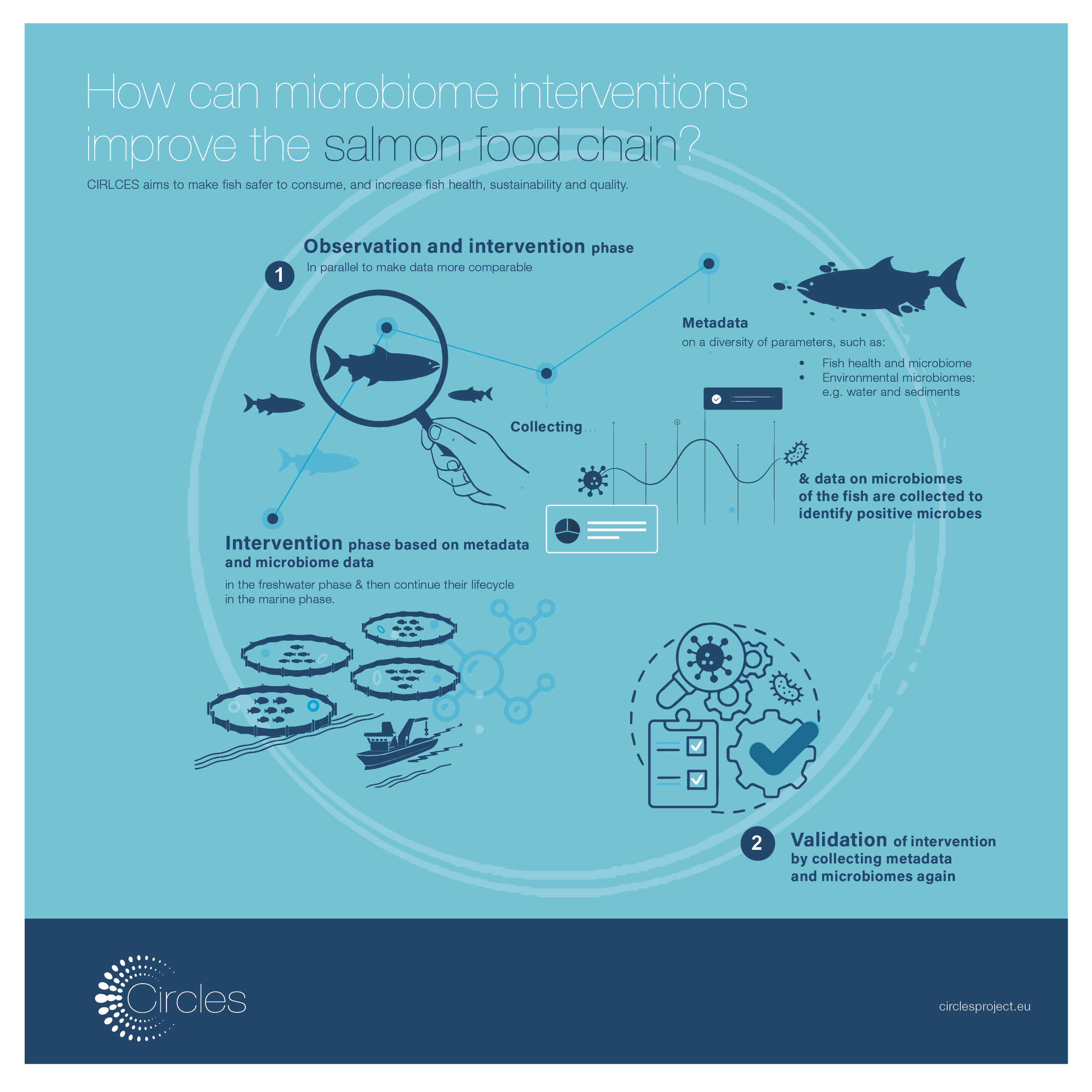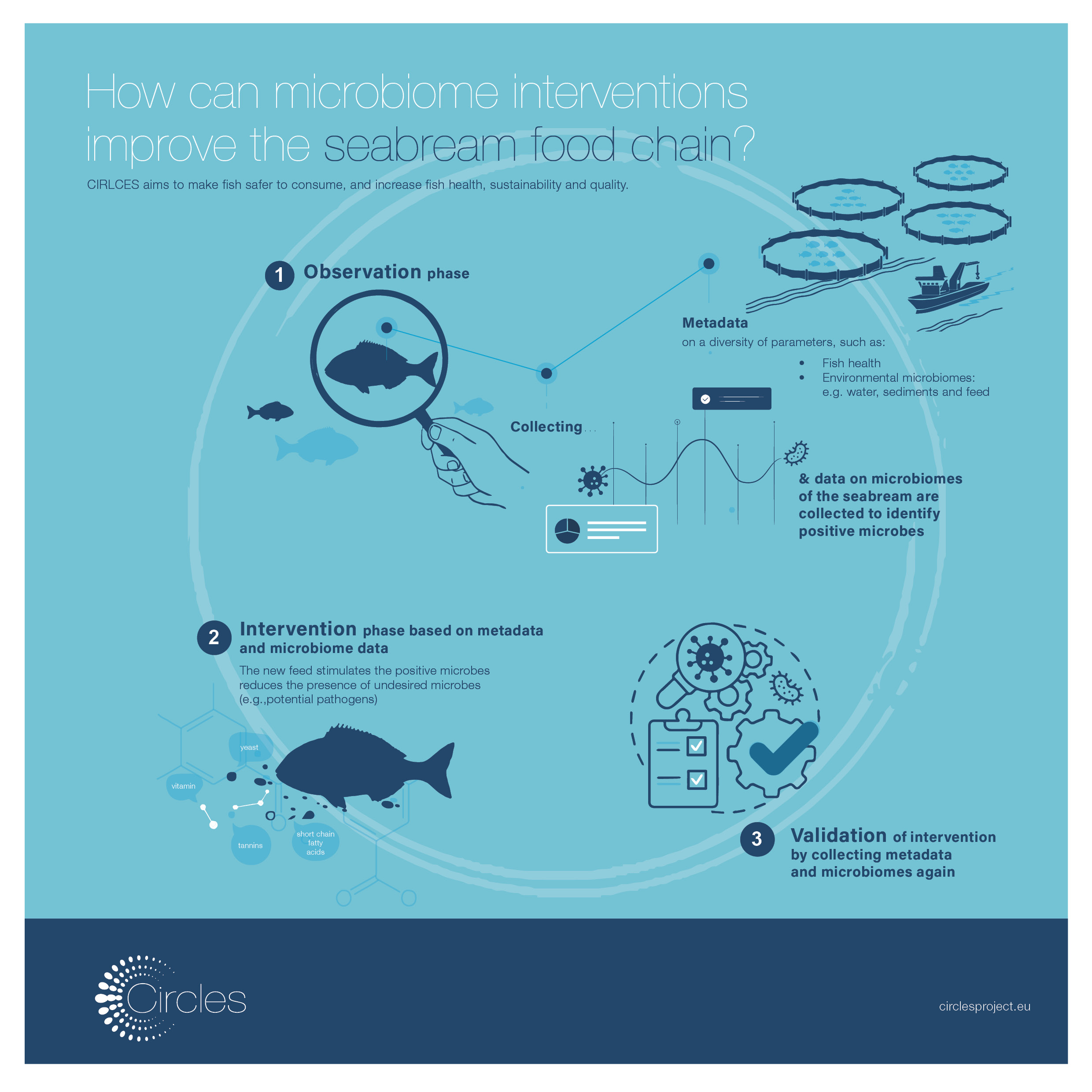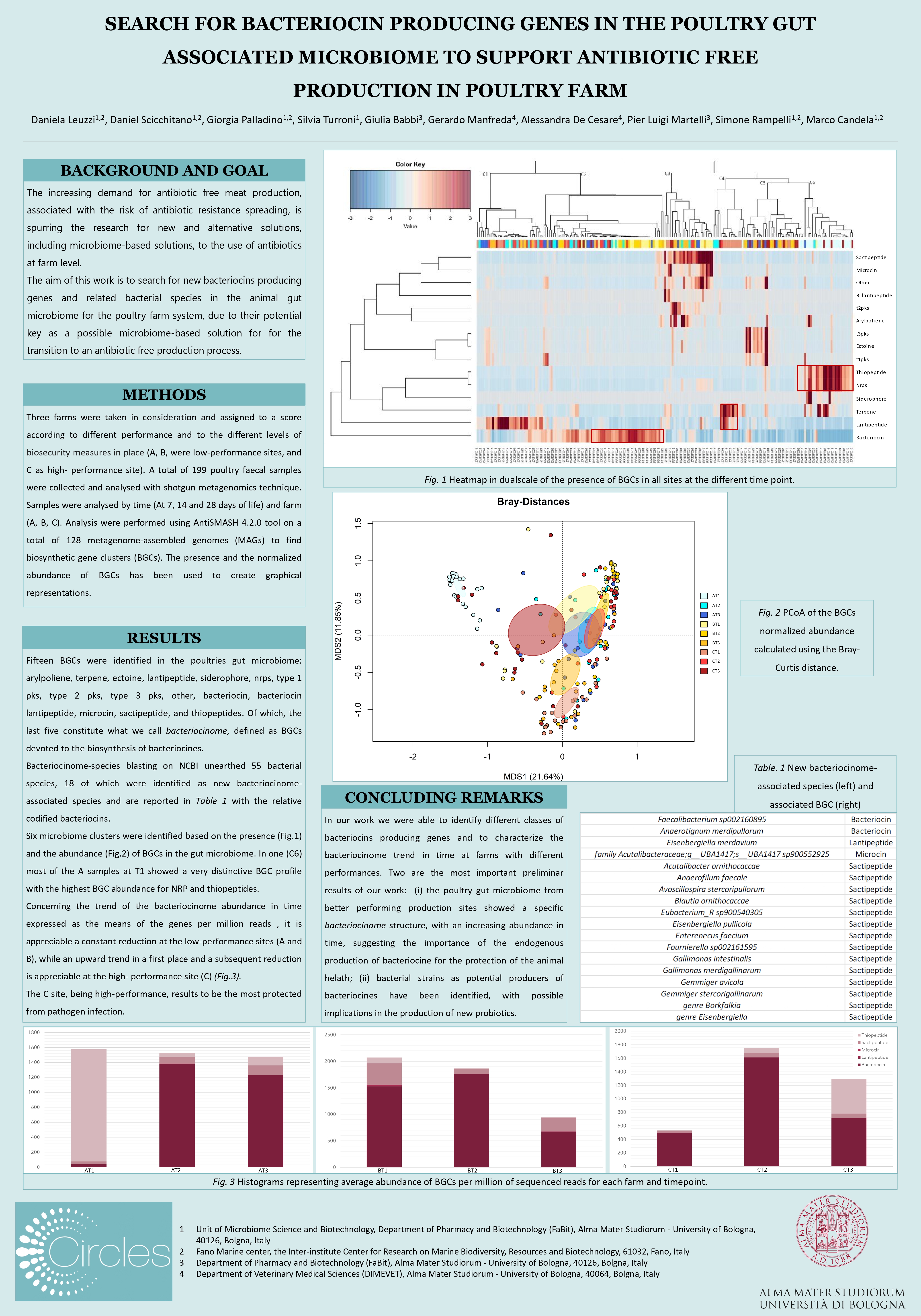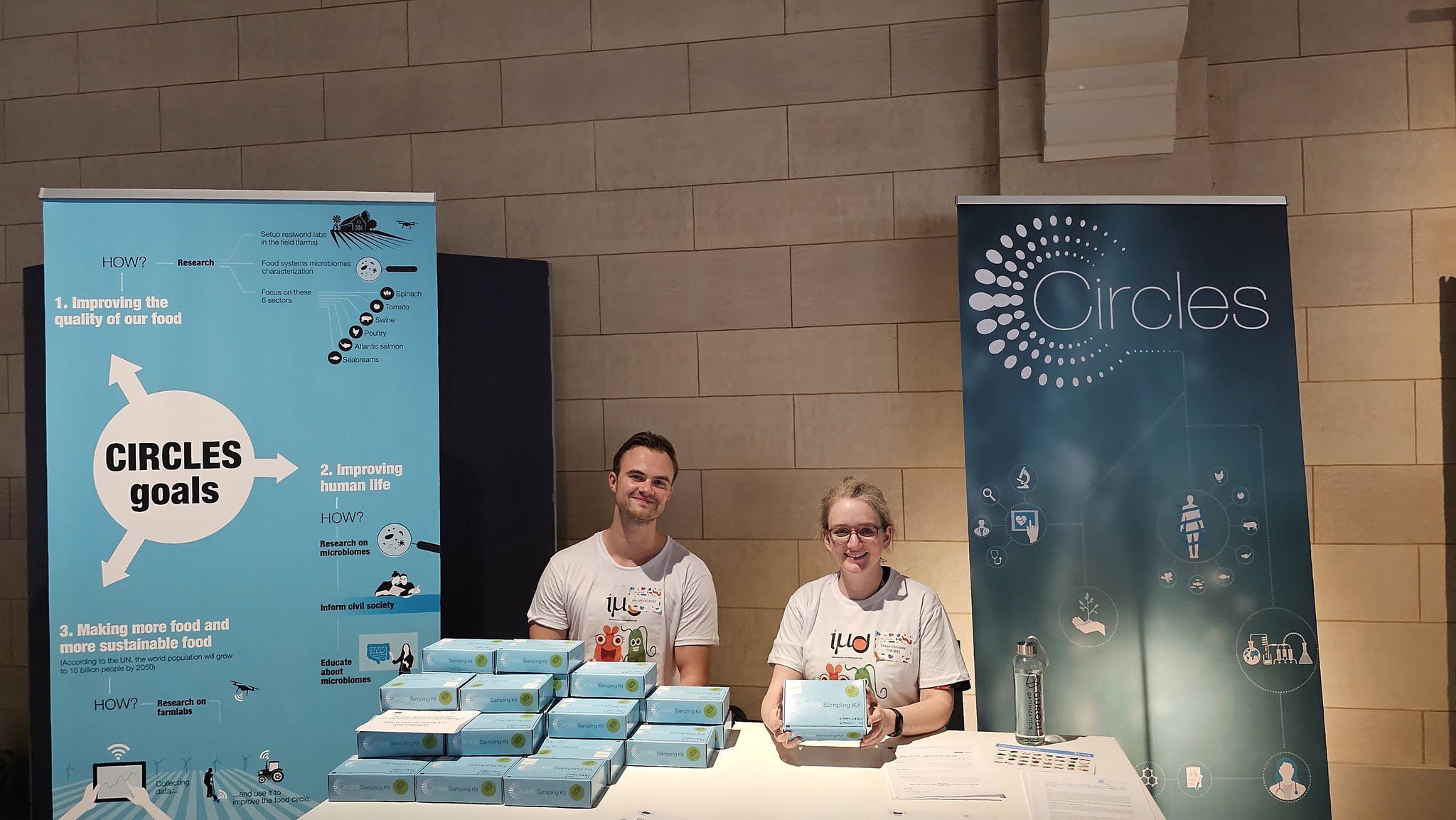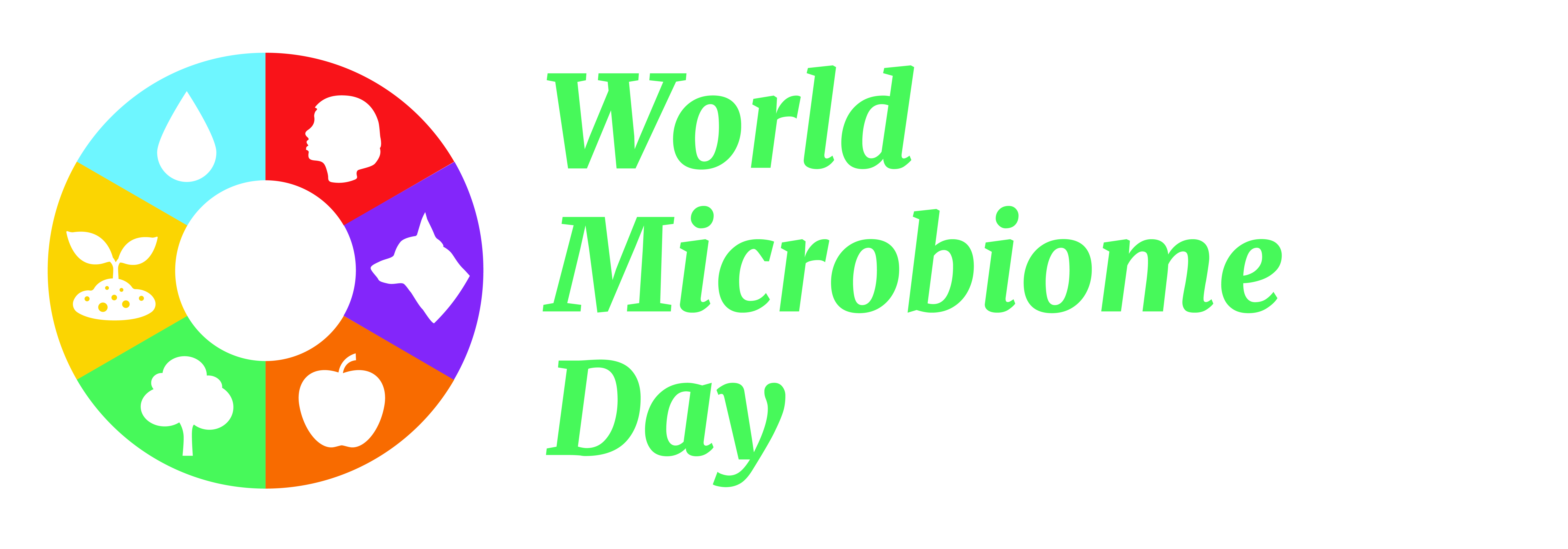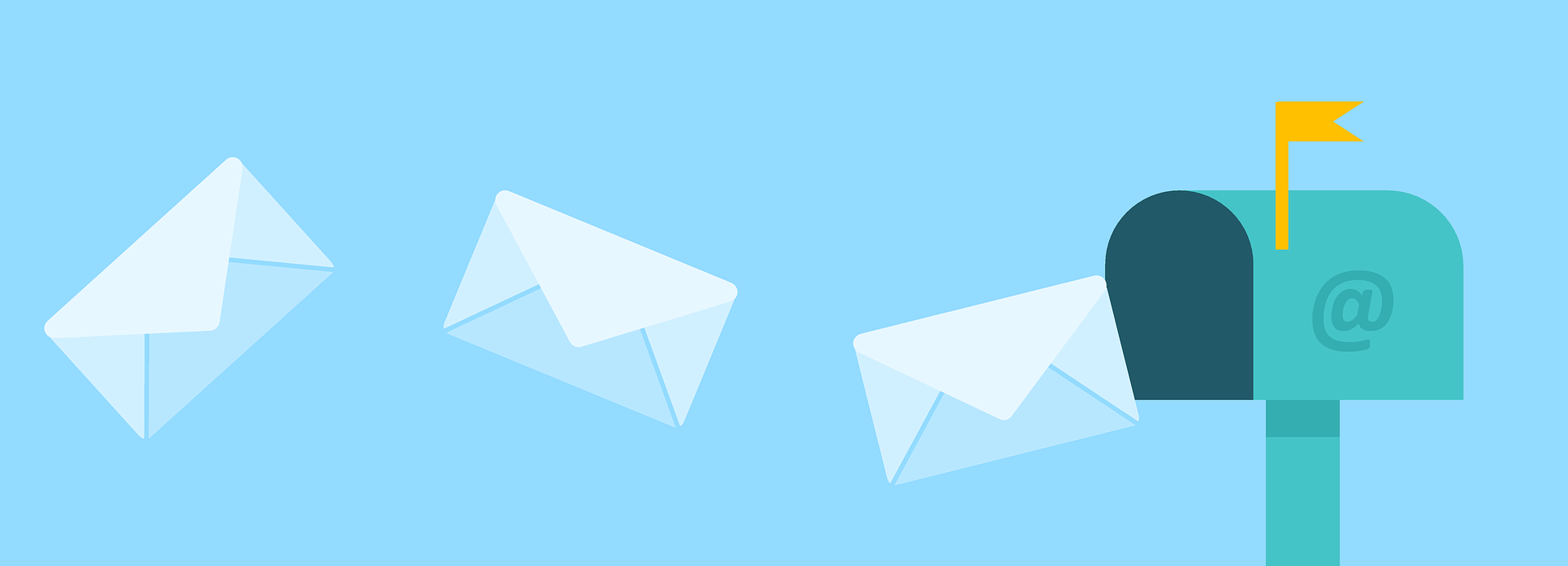How can we study the fish microbiome?
The microbiome is an essential part of the marine ecosystem, playing a crucial role in the health and survival of marine organisms, as well as the sustainability of aquaculture practices. It can affect the growth, development, and overall health of fish by helping to digest food, preventing the growth of harmful bacteria, and supporting the immune system.
Studying the microbiome of wild fish in the sea is a complex task: the sea is huge with lots of factors to have in mind like temperatures, currencies or what fish find to eat. Compared to other food chains, it is especially challenging to control this environment. In addition, only grown wild fish can be examined as juveniles and eggs are very difficult to catch.
Therefore, studying the fish microbiome can be easier in aquaculture where they grow under controlled or semi-controlled conditions. CIRCLES partners in Greece, Spain, Italy, Ireland, the UK and Norway are studying the fish microbiome of seabream and salmon in different ways. In this article we will have a closer look at seabream studies in Italy and salmon studies in Norway.
Studying seabream in Italy by adapting their diet
CIRCLES partners in Italy from Italy’s National Research Council (CNR) are studying seabream growing in commercial fish farms, where growing conditions are controlled: in water tanks on the land (i.e., hatchery), each stage of the life cycle, from eggs to juveniles, can be traced. After reaching the juveniles stage, the fish are moved to cages in the sea.
In the observation phase, partners looked closely at the metadata (e.g. the state of welfare of the fish or the risks related to pathogens) and the microbiome data of the fish.
According to the data, researchers identified the microbes that should be encouraged or reduced. Then, in the intervention phase, feed companies helped to design new feeds (the so-called “Smart Microbiome Modulators [SMMs]”), aiming to support the positive microbes and to reduce the undesired ones. On top of commercial feed, they included different combinations of ingredients, including pre/probiotics, vitamins, tannins, short chain fatty acids. After completing this phase, partners will compare the fish with the control group and collect microbiome data and metadata again to understand the role of SMMs in modulating fish microbiome and fish health, quality and production.
The researchers are curious about a number of questions: What is the relationship between the health of the fish and their diets? How is the immunity response connected to the feed? And for consumers, how does the fish diet impact how healthy their food is?
Salmon in Norwegian aquaculture are exposed to probiotic baths
Fish living in natural environments are exposed to microbial content that allows them take up and retain good bacteria which amongst other things results in innate immune system training. However, in artificial environments, biosecurity measures are used that reduce the number of bad bacteria, but also the number of good bacteria so that exposure is lacking. CIRCLES partners that explore the salmon food chain are collecting metadata and data about the fish microbiome, as done in the other food chains of the project. By using a probiotic enhancement approach, they aim to ensure a good bacterial set for health and welfare, sustainability, and productivity in Norwegian aquaculture.
Different to other CIRCLES food chains, in the salmon intervention phase partners are not modelling the feed. Fish are exposed to a probiotic bath from Previwo, and then continue their lifecycle. Afterwards, microbiome data and metadata will be collected over the production cycle to compare the fish with the control group.
In the case of salmon, observation and intervention phase are taking place at the same time. If the phases would take place at different points of time, the environment, level of infection, genetic year class etc. are too different and hard to compare.
You can find more information about how microbes can help improve the health of salmon in this video, and interview with Kira Salonius, Managing Director for Previwo AS.
This article was written together with Grazia Quero, researcher at the Institute for Marine Biological Resources and Biotechnologies of the National Research Council (CNR), providing insights on seabream studies and Kira Salonius, Managing Director for Previwo AS, explaining salmon interventions.
